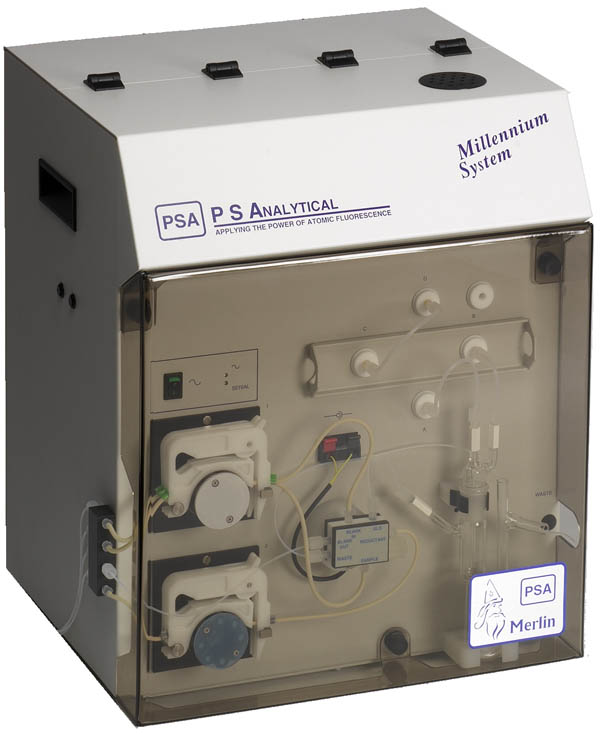Atomic Fluorescence Spectroscopy (AFS) – Hg, Se, As, Bi, Sb
ATOMIC FLUORESCENCE SPECTROSCOPY (AFS)
Atomic Fluorescence Spectroscopy (AFS) is a powerful analytical technique specifically designed for the sensitive and selective detection of various elements such as mercury (Hg), selenium (Se), arsenic (As), bismuth (Bi), and antimony (Sb).
In AFS, samples are atomized and then excited by a light source at specific wavelengths, causing them to emit characteristic fluorescence radiation. This emitted fluorescence is then measured and analyzed to determine the concentration of the target elements in the sample.
AFS offers several advantages over other analytical methods, including high sensitivity, low detection limits, and excellent selectivity. It allows for the precise quantification of trace levels of these elements in complex matrices such as environmental samples, biological fluids, and industrial materials.
With its ability to provide accurate and reliable results even at ultra-low concentrations, AFS is widely used in environmental monitoring, food safety, clinical diagnostics, and materials science. Researchers and analysts rely on AFS to ensure the safety and quality of various products and to study the impact of these elements on human health and the environment. Unlock the potential of AFS and explore the intricate world of trace element analysis with unparalleled precision and sensitivity.


